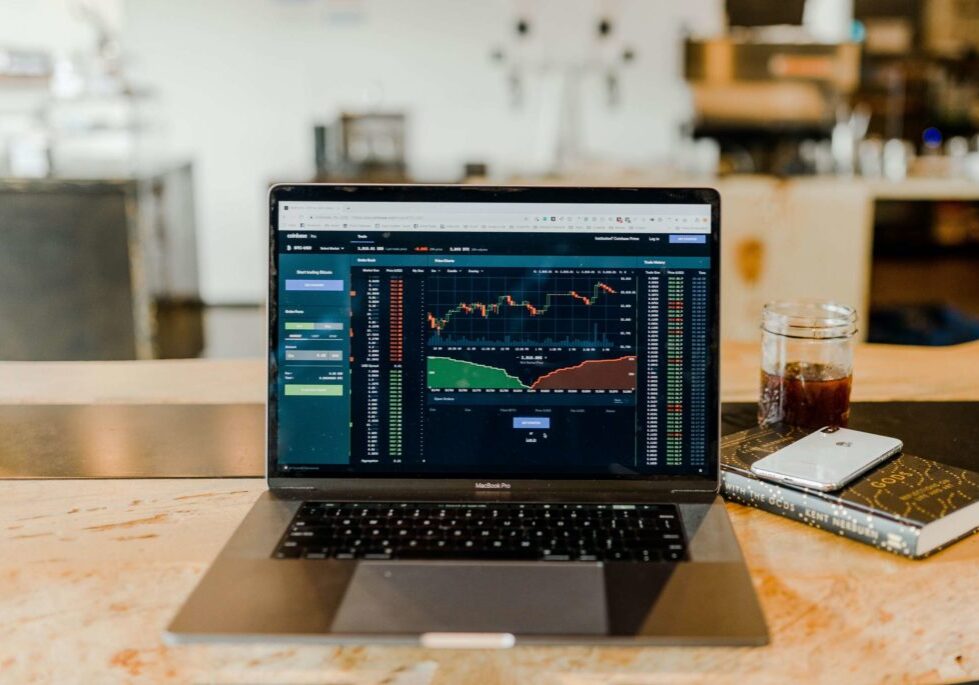Risk is everywhere, every day. But when it comes to your money, taking on too much risk can mean not reaching your goals. While there are some things we can’t control, such as natural disasters and political scandals that cause the markets to go haywire, there are certain steps we can take to reduce risk.
What Is Risk?
Risk is fundamental to investing. Even “investing” by hiding cash under your mattress involves risk since there’s always the chance of a break-in or inflation eating away at its value.
Some risks are avoidable while others are not. Avoidable risks are those that take place when your portfolio holds too many stocks or bonds that have been unstable in the past or when your portfolio is not diversified enough. For example, you may hold too much of your company’s stock in your 401(k) plan or another account. Or you have too many overlapping U.S. stock mutual funds, instead of being more globally diversified. Avoidable risks often occur when we underestimate risk and believe we can tolerate more than we actually can.
On the other hand, unavoidable risks are those that occur because our world is ever-changing, volatile, and we can’t predict everything. As much as we wish we could, unavoidable risks are are simply out of our control.
Risk is also personal. Your risk tolerance is based on your unique circumstances, stage of life, and personality, so it’s not going to look the same as your sibling’s or your next-door neighbor’s.
What can you do to cut down on the avoidable risks that may be lurking in your portfolio?
1. Have A Plan
There’s an old adage that says, “Success doesn’t just happen; it’s planned for.” If you want to start decreasing your investment risk, then you need to create a plan to do just that. Without a plan, you leave yourself open to emotional decision making in the heat of the moment that could result in a loss of your life savings. The cycle of investment emotions have driven some people to financial ruin. Warren Buffett, a famous financial investor said, “Be fearful when others are greedy and greedy when others are fearful.” What most people do instead is shown graphically below.

The markets have been up lately. This has led to many people wanting to “make it big” and try to beat the market, but this kind of emotional investing will only lead to disaster. (1) If you don’t have a plan in place, you will fall prey to an internal struggle of feeling like you are missing out when things are good and worrying about loss when things are bad.
This process for making decisions takes us down a road of having an inappropriate amount of risk for the season of life we are in. Don’t let yourself get to the place of needing to backpedal and regain the control you could have had all along.
2. Set Goals
Do you have a goal for your finances or are you just crossing your fingers and hoping you have enough for the lifestyle you want in retirement? Your specific goals will determine the amount of risk you can and should take with your money. For example, do you want a guaranteed source of income in your golden years? Then you will stick with your investments for the long-term, not buying and selling based on the current market conditions. Do you desire substantial growth? Then you might take on more risk and invest less conservatively. Every dollar in your portfolio needs to be working towards a specific goal.
3. Take Action
Finally, you need to follow through on the plan you created and the goals you are trying to attain. Don’t let yourself procrastinate where your money is involved. Work with your advisor to ensure that your investments are at the right risk level for your situation and stay disciplined when the markets feel like a roller coaster.



